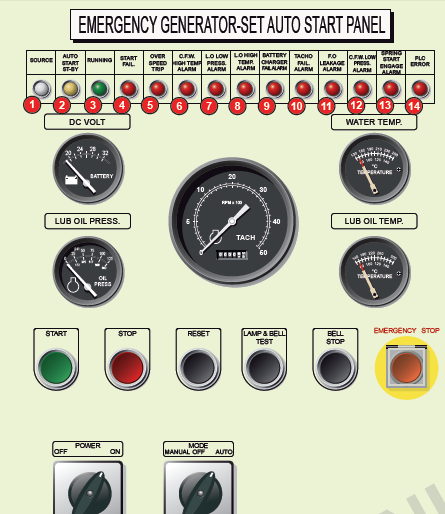Liner shipping refers to the transportation of cargo on regular scheduled routes by container ships, which are specifically designed to carry standard-sized cargo containers. The term “liner” originally referred to ships that followed fixed schedules and routes, picking up and dropping off cargo and passengers at designated ports along the way.
Today, liner shipping is a crucial component of the global logistics industry, responsible for the movement of the majority of the world’s goods. Container ships operate on fixed routes between major ports, carrying a range of cargo, including consumer goods, raw materials, and industrial equipment. These ships are operated by shipping lines, which are responsible for maintaining the schedules and ensuring the safe and efficient transportation of cargo.
Liner shipping has revolutionized the way goods are transported around the world, making it faster, more reliable, and more cost-effective than ever before. It has played a vital role in driving global trade and economic growth, enabling companies to access new markets and consumers to enjoy a wider range of goods at lower prices.
Characteristics of liner shipping
Some of the key characteristics of liner shipping include:
Regular Schedules: Liner shipping operates on regular schedules, with ships departing from and arriving at designated ports on specific days. This enables shippers to plan and schedule their deliveries with greater certainty and predictability.
Fixed Routes: Liner shipping follows fixed routes, with ships travelling between major ports along a pre-determined path. This makes it easier for shippers to identify the most efficient and cost-effective routes for their cargo.
Standardized Containers: Liner shipping uses standardized containers, which can be easily loaded and unloaded from ships and transferred between different modes of transportation (e.g. ship to truck, truck to train). This helps to reduce handling costs and minimize the risk of cargo damage.
Large Vessels: Liner shipping typically employs large container ships, which can carry thousands of containers at once. This enables shipping lines to achieve economies of scale and reduce transportation costs.
Global Reach: Liner shipping connects ports around the world, providing access to new markets and enabling shippers to transport goods to almost any location.
Intermodal Connectivity: Liner shipping is often part of a larger intermodal transportation network, which includes trucks, trains, and other modes of transportation. This enables cargo to be transported seamlessly between different modes of transportation, ensuring efficient and reliable delivery.
types of liner shipping services
There are several types of liner shipping services available, which can be broadly classified into the following categories:
- Container Liner Services: This is the most common type of liner shipping service, where cargo is transported in standardized containers on regular schedules between designated ports. Container liner services are often provided by large shipping companies, which operate a fleet of container ships on pre-determined routes.
- Roll-on/Roll-off (RoRo) Liner Services: RoRo liner services are used to transport wheeled cargo, such as cars, trucks, and trailers, on specialized ships that have built-in ramps. These ramps enable vehicles to be driven onto and off the ship, making it easier and faster to load and unload cargo.
- Breakbulk Liner Services: Breakbulk liner services are used to transport cargo that is too large or too heavy to be transported in containers or on RoRo ships. This type of service is typically used for project cargo, such as heavy machinery, industrial equipment, and oversized components.
- Multi-Purpose Liner Services: Multi-purpose liner services are designed to transport a range of cargo types, including containers, RoRo cargo, and breakbulk cargo. These services offer greater flexibility than specialized liner services and can adapt to changing cargo requirements.
- Express Liner Services: Express liner services are designed to provide fast, reliable transportation of time-sensitive cargo. These services often operate on a premium pricing model and offer faster transit times and higher levels of service than standard liner services.
Each type of liner shipping service has its own advantages and disadvantages, and the choice of service will depend on the specific needs of the shipper and the nature of the cargo being transported.
liner shipping examples
There are many examples of liner shipping companies that operate around the world. Here are a few examples:
Mediterranean Shipping Company (MSC): MSC is a Swiss-based shipping company that operates a fleet of over 500 container ships and serves more than 200 ports around the world. They are number 1 right now.
Maersk Line: Maersk Line is one of the largest container shipping companies in the world, operating a fleet of over 700 vessels and serving more than 130 countries.
CMA CGM: CMA CGM is a French-based shipping company that operates a fleet of over 500 vessels and serves more than 420 ports in more than 160 countries.
Hapag-Lloyd: Hapag-Lloyd is a German-based shipping company that operates a fleet of over 200 vessels and serves more than 130 ports around the world.
Wallenius Wilhelmsen: Wallenius Wilhelmsen is a Norwegian-based shipping company that specializes in RoRo and breakbulk cargo. They operate a fleet of around 130 vessels and serve more than 15 ports around the world.
These are just a few examples of the many liner shipping companies that operate globally. Each company has its own unique strengths and areas of expertise, and the choice of shipping line will depend on the specific needs of the shipper and the nature of the cargo being transported.



